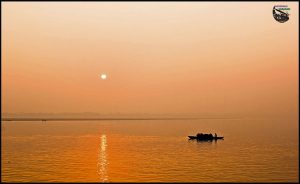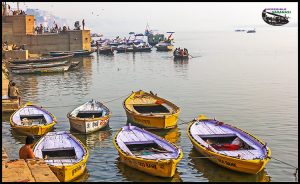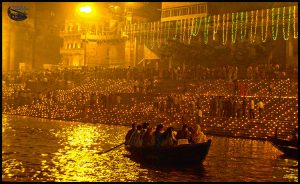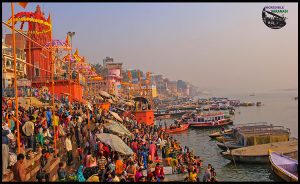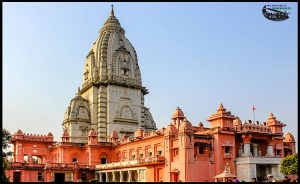Varanasi is fairly big to spend few days in the city. It is better to experience it slowly day by day rather than hurriedly moving from one place to another. The Day-wise Itinerary for Varanasi can be planned as followings:
Day 1. Ganga and The Ghats: Start from the Assi Ghat and walk along the river to cover each bathing ghat one by one upto Rajghat. You have to take detour at many ghats to cover nearby temples or holy ponds. For example, take a detour at Tulsi Ghat to visit the famous Lolark Kund. Another detour at Dashashwamedh Ghat to visit Jantar Mantar (The Observatory), from Panchaganga Ghat to visit Alamgir Mosque, near Ravidas ghat to visit Ravidas Temple, from Rajghat to visit Rajghat Arachaeological Area including The Tomb of Lal Khan.
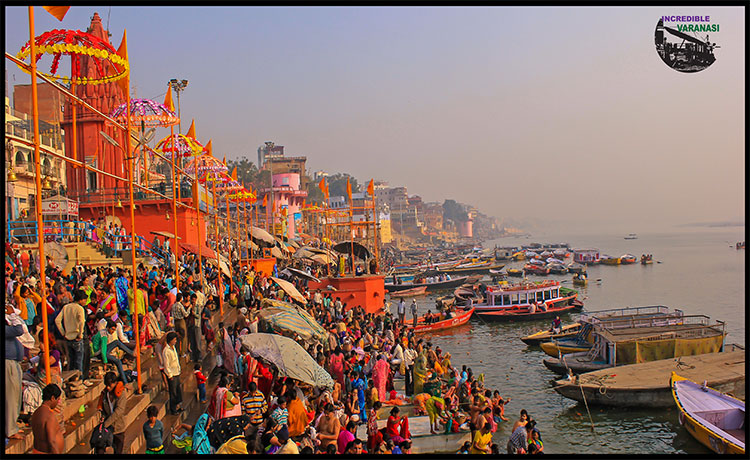
Also stop at the burning ghats Harishchandra Ghat and Manikarnika Ghat to understand the cycle of birth and death, to solve the riddle of salvation and all. The river ghats are also great destinations to experience the local culture, many traditions, many religious rituals and variety of forms of life. In the evening, try to reach at Dashashwamedh Ghat to enjoy the spectacular Ganga Aarti.
Day 2. Sarnath: Archaeological excavation and Buddhist monuments of Sarnath required a full days to cover. Visit the excavation site, Dhamekh Stupa, Mahabodhi Temple, Sarnath Museum, Jain Temples, Chinese Temple, Japanese Temple, Thai Temple, Chaukhandi Stupa to understand the evolution of Buddhism and its spread around the South East Asia.
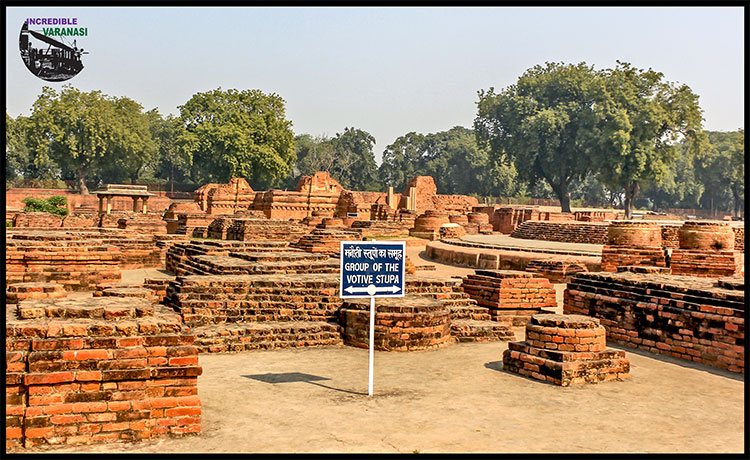
Day 3. Major Temples around Old Varanasi Area: Varanasi is specially a temple city. Its religious significance is beyond the words. There are many temples scattered all around the city. But most of the old temples are confined in the Old Varanasi Area around Chowk. Visit Kashi Vishwanath Temple, Sakhsi Vinayak Temple, Annapurna Mata Temple, Kal Bhairav Temple, Lat Bhairav Temple etc in the Old Varanasi Area to feel the aura of this religious melting pot. Old Varanasi Area is also famous for its narrow alleys and mouth-watering street foods. Do experience them.
Day 4. BHU, Ramnagar Fort, Manas Temple, Tridev Temple, Sankat Mochan Temple, Durga Kund and Bharat Mata Temple: Start day at New Kashi Vishwanath Temple in BHU campus and then proceed to a remarkable museum, Bharat Kala Bhawan, inside the University Campus only. Proceed further via new river bridge to Ramnagar Fort. After visiting the fort, return to BHU main entrance at Lanka Market. Visit other nearby temples like Sankat Mochan Temple, Tridev Temple, Manas Temple, Durga Kund etc. Go to Bharat Mata Temple inside Kashi Vidhyapeeth in the afternoon. It is a simple building but very unique temple dedicated to the motherland Bharat Mata.
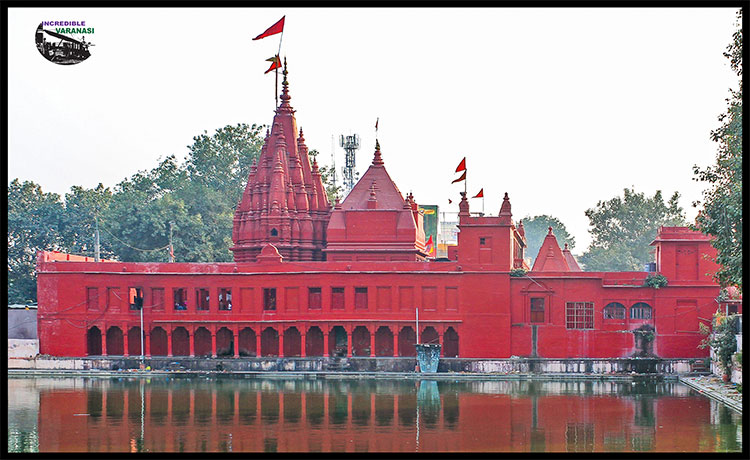
Other Local Excursions:
Day 1. Allahabad: About 125 kms from Banaras, Allahabad (Also known as Prayag) is an important place in the Hindu Mythology. Allahabad is considered as the supreme tirtha among all tirthas (sacred places), that’s why it is also known as Tirtharaj Prayag.
All major religious places are situated on the bank of a sacred river or at the confluence of two rivers, but Tirtharaj Prayag is situated on the confluence of three holy rivers Ganga, Yamuna and mythological Saraswati. The sacred place of this confluence is famously known as Triveni Sangam. It is the site for the world’s largest peaceful gathering of humans at a single place, known as Maha Kumbh, held here at every 12 years. More than 100 million people visited the last Maha Kumbh in January 2013 and more than 30 million gathered on a single day of auspicious Mauni Amawasya !
Day 2. Chunar Fort and Vindhyachal Devi Temple: About 45 kms from Banaras, Chunar is a small town in the foothills of Kaimur Hills. It has an ancient fort , now in ruins, which according to the legends, dates back to 56 BC , the era of Vikramditya. Chunar is also well known for its pottery work especially clay toys.
Vindhyachal Devi Temple, a sacred Shaktipeeth, is About 62 kms from Banaras, dedicated to the Goddess Vindhyavasini. Mythologically goddess Vindhyavasini is believed to be the instant bestower of benediction.This temple is thronged by hundreds of devotees during the Navratris of Chaitra and Ashwin months to invoke the blessings of the Goddess.


